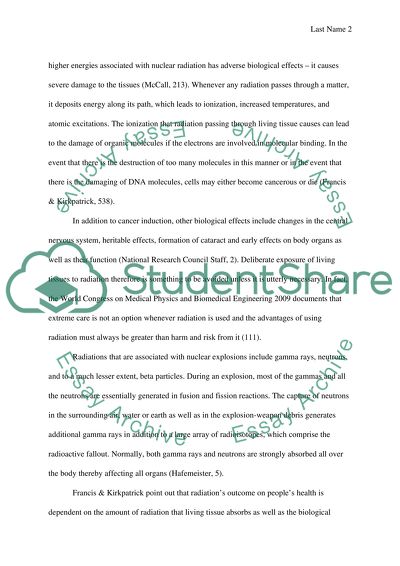Cite this document
(“RADIATION AND IT'S BIOLOGICAL EFFECTS Research Paper”, n.d.)
Retrieved from https://studentshare.org/family-consumer-science/1421597-radiation-and-it-s-biological-effects
Retrieved from https://studentshare.org/family-consumer-science/1421597-radiation-and-it-s-biological-effects
(RADIATION AND IT'S BIOLOGICAL EFFECTS Research Paper)
https://studentshare.org/family-consumer-science/1421597-radiation-and-it-s-biological-effects.
https://studentshare.org/family-consumer-science/1421597-radiation-and-it-s-biological-effects.
“RADIATION AND IT'S BIOLOGICAL EFFECTS Research Paper”, n.d. https://studentshare.org/family-consumer-science/1421597-radiation-and-it-s-biological-effects.


